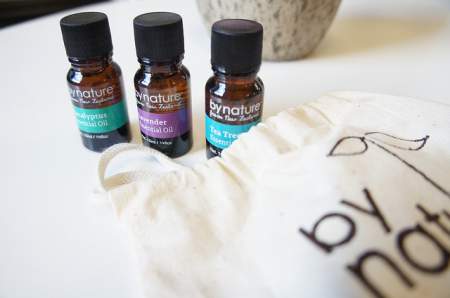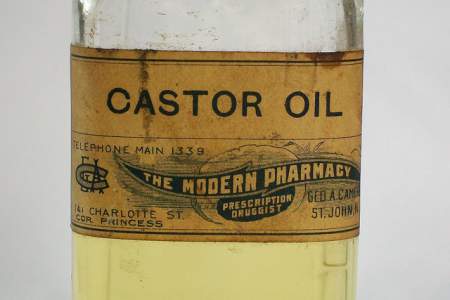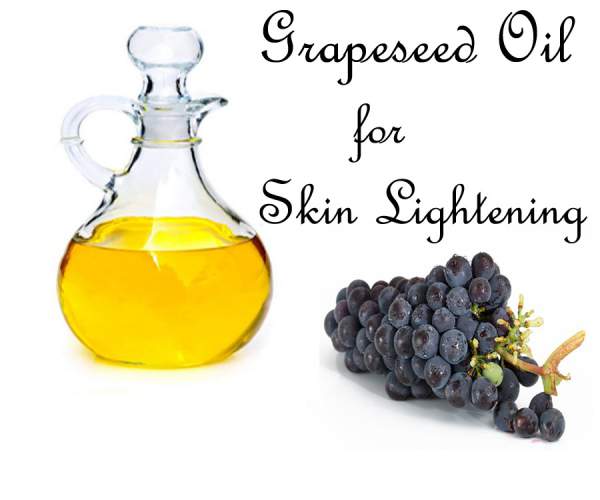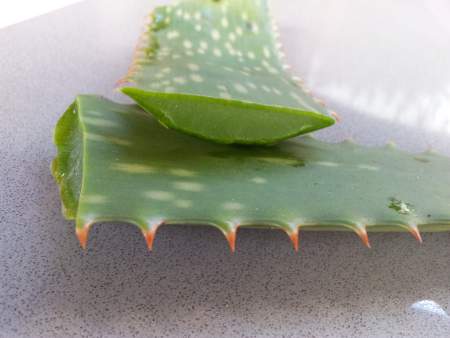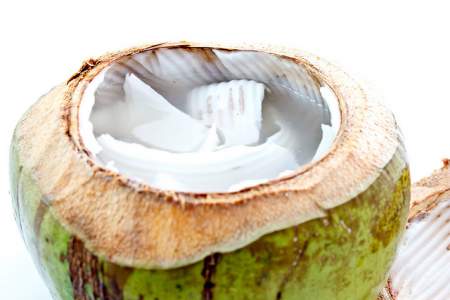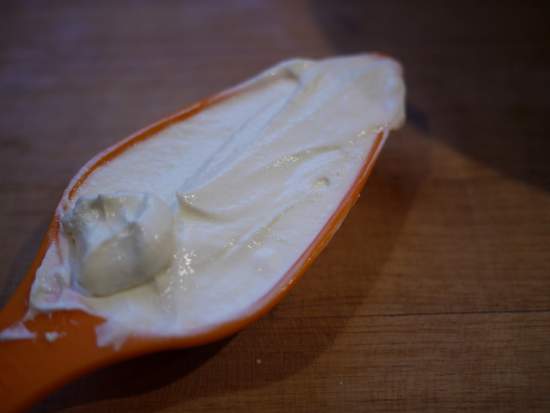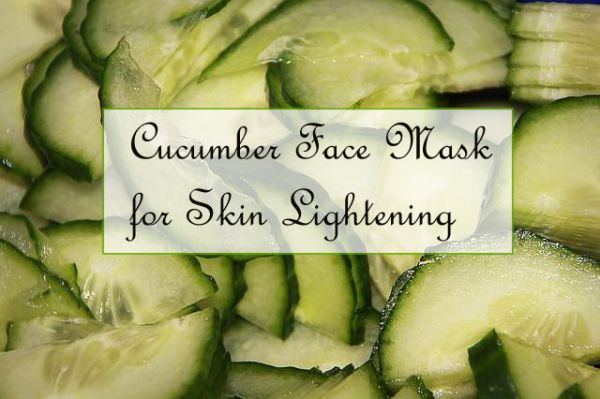
These dreadful lines are unappealing and embarrassing sometimes. Here, you’ll learn about using olive oil for stretch marks.
According to American Academy of Dermatology, 90% of women will have stretch marks after 6th or 7th month of pregnancy. (1)
Stretch marks are common and found mostly in pregnant women. Experts say that it isn’t possible to control or prevent stretch marks during pregnancy.
However, repeated application of olive oil for stretch marks during pregnancy can lighten the appearance of these annoying stripes without any side-effects.
In case if you experience an allergic reaction, stop using this ingredient.
Is Olive Oil Good for Stretch Marks?
Nutrients and vitamins in olive oil have enticed many beauty experts to harp the benefits of olive oil. Just like coconut oil, you can reap nutrients from olive oil for health, skin, nails and hair.
Olive oil is mentioned in The Holy Qur’an; by this, you can assume the nutritional profile of this essential oil.
- Olive oil is a rich source of antioxidants, which thwart free radicals and enhance regeneration or rebuilding of new cells.
- Vitamin E residing in olive oil will enhance collagen production and elasticity, which will in turn help to fade scars and stretch marks.
- The hydrating ability of olive oil helps to lock moisture on the skin.
- Regular massage with this golden colored oil improves blood circulation.
- Lubricants present in this home available remedy slows down skin expansion and avoids itching.
- Assorted properties in this oil hydrate the skin and supplies required amount of oxygen that will fasten the fading process of stretch marks.
Apart from this, topically applying olive oil mask can enhance your skin texture and make you look young.
Recommend: Aloe vera gel for stretch marks
What Causes Stretch Marks?
Pregnancy, sudden weight gain or loss, and puberty are held main culprits for these annoying stripes.
Your skin expands above its pace, as a result, the dermis (middle layer of the skin) breaks at different places leaving vertical lines over the outer layer of the skin.
At the initial stages often these stripes appear red, but slowly they turn to silver-white. In rare cases, Cushing’s or Marfan syndrome can also result in similar lines. (2)
Also read: Avocado face mask for acne scars
How to Use Olive Oil for Stretch Marks?
Below mentioned are different recipes to try over the skin. Choose the one that goes well with your skin type.
#1. Olive Oil
Initially, cleanse the affected part and pat dry with a cloth, because your skin sheds millions of dead cells daily, which gets piled over the skin. You must first wipe them off to apply any natural remedy.
- Consider pure or organic olive oil, as refined or processed olive oil has fewer nutrients.
- Slowly massage pure olive oil over the affected area in a circulation motion to improve blood circulation.
- The antioxidants and vitamin E, K residing in olive oil penetrates into the skin and helps to improve the elasticity of the skin and fade stretch marks or scars.
#2.Olive Oil and Turmeric Powder
Curcumin is an active ingredient in turmeric powder that thwarts free radicals, enhances functioning of the cell membrane and resists ailments.
Mixing it with olive oil make it effective to reduce the appearance of stretch marks and restrain infection.
- Blend 1 tablespoon of olive oil with ½ teaspoon turmeric powder.
- Cleanse your skin and apply this paste evenly.
- Gently massage in circular motion.
- Leave for 15-20 minutes and then rinse it off with water.
#3. Lemon and Olive Oil for Stretch Marks
Topical application of lemon juice helps to exfoliate dead cells. Bleaching ability of lemon juice lighten the appearance of stretch marks.
Vitamin C housed in lemon enhances collagen production and repairs the skin cells. Anti-oxidants agents thwart free radicals that damage cell membrane.
- Mix 1teaspoon of olive oil with half lemon juice.
- Wash your skin with water and pat dry using a soft cloth.
- Now, apply the mask evenly all over the skin.
- Rinse it off after 15 minutes.
Alternatively, mix 1 teaspoon of vitamin E oil with above solution.
Excess use of lemon juice may irritate your skin. Limit its use if you’ve sensitive skin.
#4. Olive Oil and Castor Oil
Fatty acids in castor oil hydrate your skin. Assorted properties in this folk ingredient penetrate deep into the skin and promote collagen production.
- Add 1 tablespoon of castor oil, 2 tablespoons of olive oil with 1 teaspoon of uncooked oatmeal.
- Gently rub this mask evenly over prewashed skin.
- Allow it dry for 15-20 minutes.
- Rinse it off with water.
#5. Olive Oil and Aloe Vera
Ingredients in aloe gel repair damaged collagen and help to maintain natural production of collagen. Aloe gel consists 2 different types of hormones that stimulate restoring of healthy skin cells.
Apart from this, anti-oxidant, antiseptic, anti-inflammatory and hydrating properties housed in aloe vera gel improves your skin texture.
- Mix 1 tablespoon of olive oil with 1 tablespoon of aloe gel.
- Wash your skin and apply this mask evenly over stretch marks.
- Leave it to dry naturally.
#6. Coffee Grounds and Olive Oil
Ground coffee powder helps to exfoliate dead cells and impurities off the skin. When applied directly to the skin, caffeine promotes blood circulation.
Assorted nutrients in coffee ground stimulate cell regeneration. It also enhances collagen production and thwarts free radicals.
- Mix ½ cup of coffee ground with 3 tablespoons of olive oil.
- Gently rub over the skin and leave it to dry naturally.
- Rinse it off with water.
#7. Vinegar, Olive Oil, and Water
Experts say that acetic acid in vinegar help to exfoliate upper layer of the skin. It cleanses impurities and dead cells accumulated over the skin.
Assorted nutrients in vinegar improve blood circulation and maintain pH level of the skin.
- Take required amount of olive oil and mix it with few drops of vinegar.
- Dilute the solution with water and massage it over stretch marks.
- Allow it to dry naturally.
#8. Brown Sugar and Olive Oil
It is prominent for exfoliating properties, nutrients in brown sugar help to stimulate cell growth.
Regular massaging of this mask improves blood circulation.
- Mix 2 tablespoons of olive oil with ½ cup of brown sugar.
- Optionally, add 2 vitamin E capsules to it.
- Gently scrub affected skin with this mask for few minutes.
- Rinse it off with water.
#9. Coconut Oil and Olive Oil
Vitamin K and iron residing in coconut oil enhance cell regeneration. Vitamin E in this oil heals scars and mono-saturated fats housed in coconut oil makes cells stronger.
- Take 1 tablespoon of coconut oil and mix it with 1 tablespoon of olive oil.
- Massage this oil over prewashed skin.
- Allow it to dry naturally and then rinse it off.
Recommended: Shea butter for stretch marks
Tips on Using Olive Oil for Stretch Marks During Pregnancy:
- Stretch marks are appeared due to dermis breakage, but olive oil may not repair the dermis but it lightens the lines on an outer layer of the skin.
- Natural remedies will not give you instant results; likewise, you can’t expect sudden fading of stretch marks after using olive oil. Add it to your beauty regimen and regularly apply this essential oil before going to bed.
- Beauty experts recommend topically applying olive oil during pregnancy, as it improves skin’s elasticity and helps it to expand. This may limit the number of stretch marks from appearing.
- Olive oil for stretch marks works effectively, but you can also use it to reduce other skin disorders.

